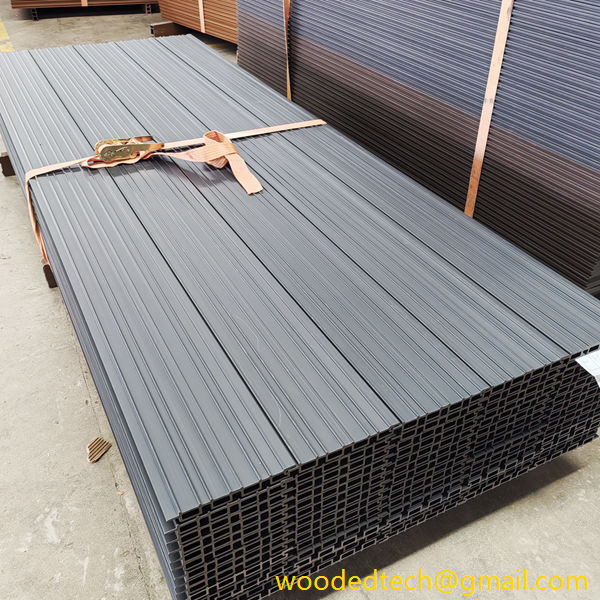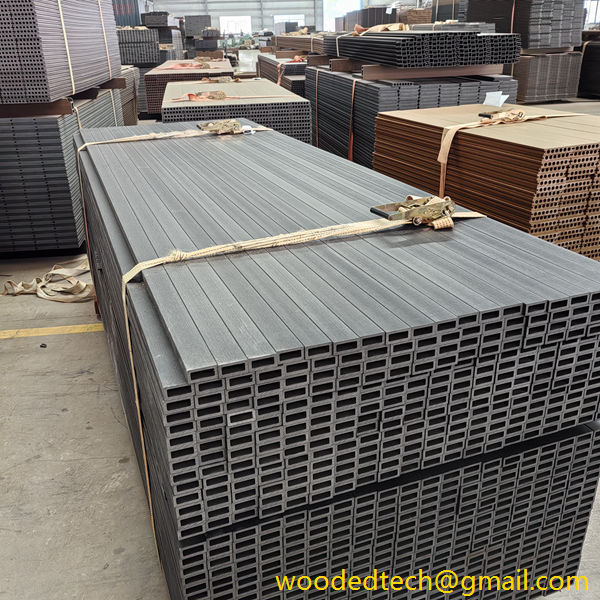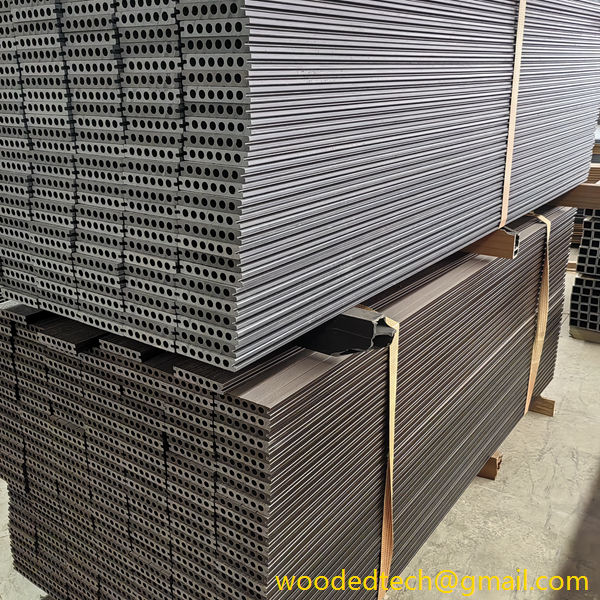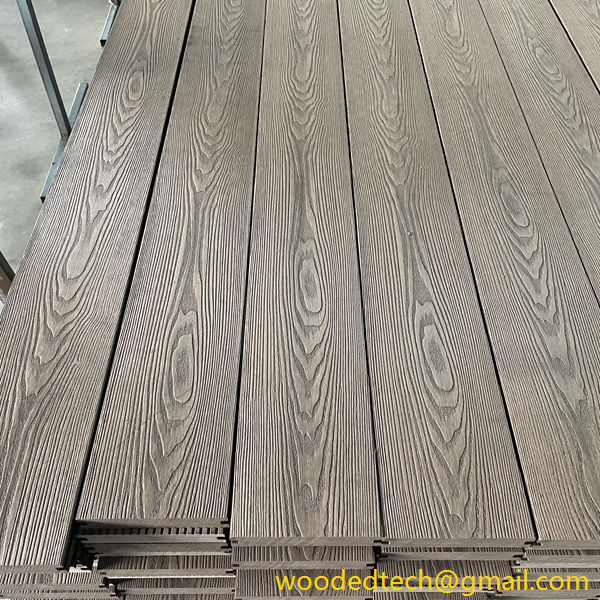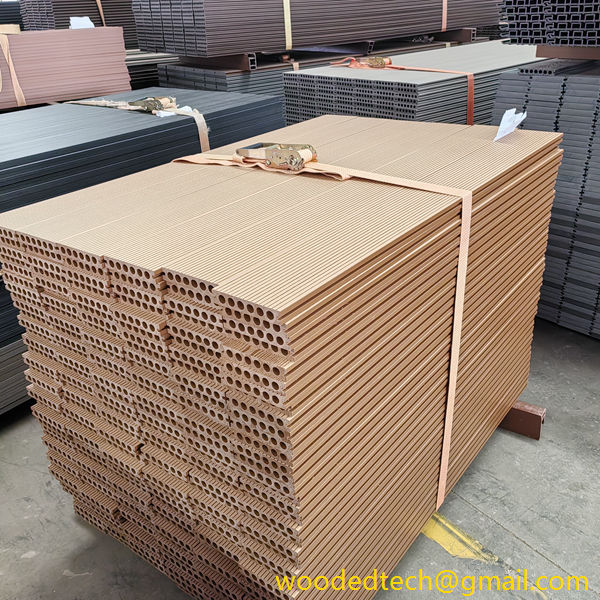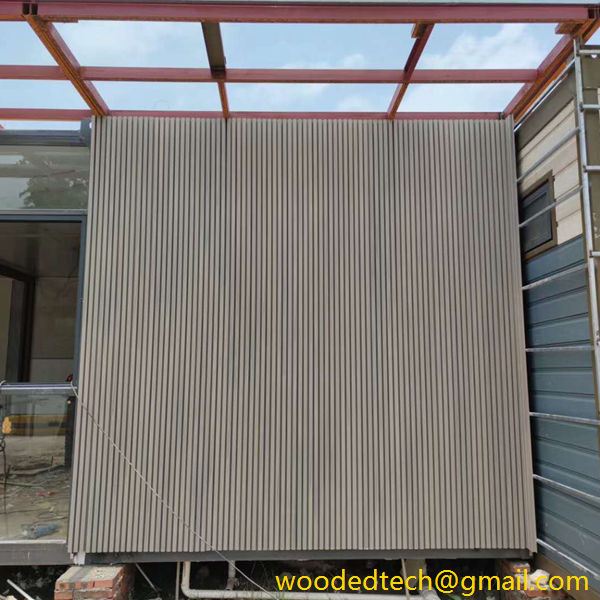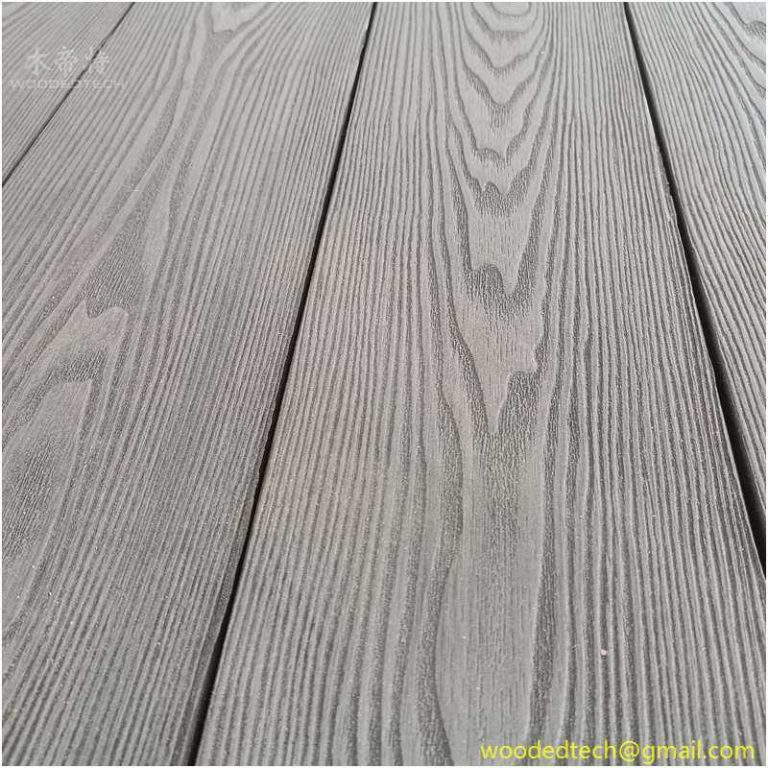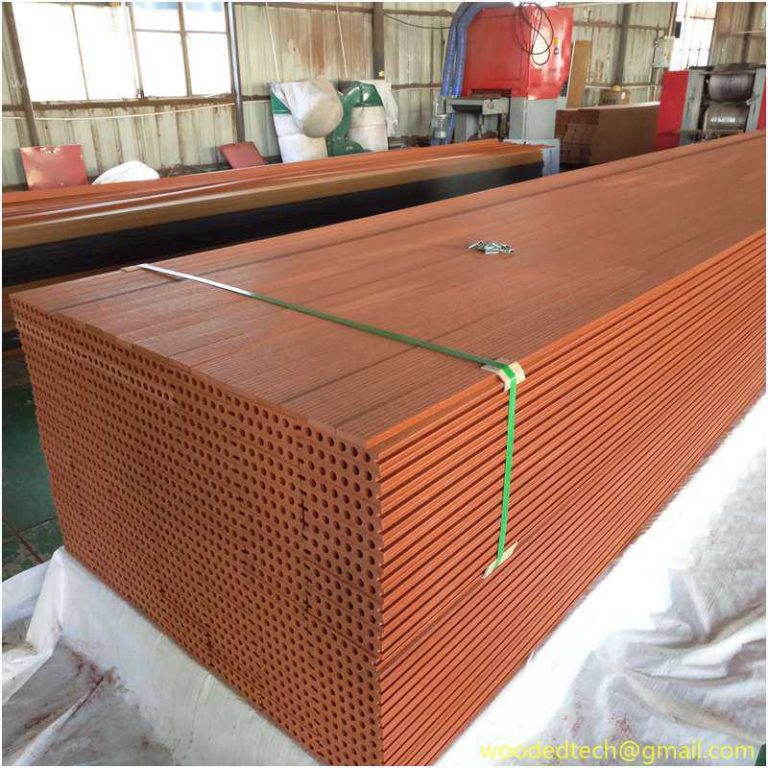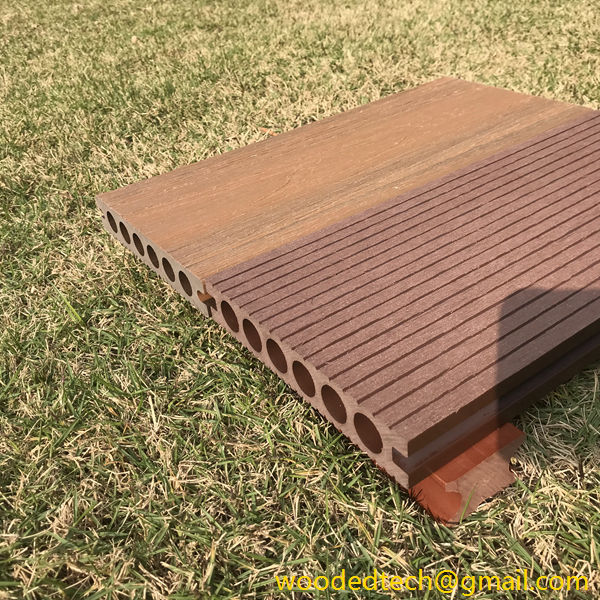Discover the WPC Panel Full Form and Its Importance in Construction
Discover the WPC Panel Full Form and Its Importance in Construction In recent years, the construction industry has seen a significant shift towards utilizing more sustainable and versatile materials. One such material that has gained popularity is Wood-Plastic Composite (WPC) panels. Understanding the full form of WPC and its importance in construction can illuminate the…
Discover the WPC Panel Full Form and Its Importance in Construction
In recent years, the construction industry has seen a significant shift towards utilizing more sustainable and versatile materials. One such material that has gained popularity is Wood-Plastic Composite (WPC) panels. Understanding the full form of WPC and its importance in construction can illuminate the benefits it brings to modern building practices.
WPC stands for Wood-Plastic Composite, a material that combines wood fibers or sawdust with plastic resins. This innovative composite not only harnesses the aesthetic appeal and natural feel of wood but also incorporates the durability and weather resistance of plastic. The blend of these materials results in a product that is both environmentally friendly and functionally superior to traditional wood products.
The importance of WPC panels in construction cannot be overstated. One of the primary advantages of WPC is its sustainability. As environmental concerns continue to rise, the construction industry is under pressure to reduce its carbon footprint. WPC panels are often made from recycled materials, including plastic waste and wood by-products, which helps divert these materials from landfills. By opting for WPC, builders contribute to a more circular economy while reducing the demand for virgin timber.
Another significant benefit of WPC panels is their durability. Traditional wood materials are susceptible to a range of issues, including rot, insects, and weather-related damage. WPC panels are engineered to resist these common problems, making them an excellent choice for both indoor and outdoor applications. Their resistance to moisture and UV rays ensures that they maintain their appearance and structural integrity over time. This durability translates into lower maintenance costs and a longer lifespan for building components, which is a crucial consideration for project managers and builders.
Moreover, WPC panels offer versatility in design and application. They can be manufactured in various colors, textures, and finishes, mimicking the look of natural wood without the associated drawbacks. This versatility allows architects and designers to explore creative possibilities in their projects, resulting in aesthetically pleasing structures that do not compromise on performance. Whether used for decking, cladding, fencing, or interior applications, WPC panels can meet diverse design needs while providing functional benefits.
The ease of installation is another factor that enhances the appeal of WPC panels. Unlike traditional wood, which may require specialized tools and techniques for cutting and fitting, WPC panels can often be installed with standard tools. This ease of handling can speed up the construction process, enabling projects to be completed more efficiently. Furthermore, many WPC products feature interlocking systems or pre-drilled holes that simplify the installation process, reducing labor costs and time on-site.
In addition to their practical advantages, WPC panels contribute to improved indoor air quality. Many traditional building materials can off-gas harmful chemicals, leading to poor air quality in indoor environments. WPC panels are often free from harmful substances such as formaldehyde, making them a safer choice for residential and commercial spaces. This aspect is particularly important in today’s health-conscious society, where building occupants are increasingly aware of the materials used in their environments.
The use of WPC panels also aligns with the growing trend toward energy efficiency in construction. The production of WPC materials generally requires less energy compared to the harvesting and processing of natural wood. Additionally, WPC panels can contribute to energy savings in buildings by enhancing insulation properties, helping to maintain comfortable indoor temperatures with reduced reliance on heating and cooling systems.
As the construction industry continues to evolve, the demand for materials that are both sustainable and high-performing will only increase. WPC panels represent a significant advancement in this area, offering an innovative solution that meets the needs of modern builders and consumers alike. Their unique combination of natural aesthetics, durability, and environmental benefits positions them as a leading choice for a wide range of applications, from residential homes to commercial buildings.
In conclusion, the full form of WPC—Wood-Plastic Composite—encapsulates a material that is transforming the construction landscape. With its sustainable composition, durability, design versatility, ease of installation, and positive impact on indoor air quality, WPC panels are becoming an essential component of contemporary building practices. As the construction industry seeks to balance aesthetics with functionality and sustainability, embracing materials like WPC can lead to better outcomes for both builders and occupants. Understanding the significance of WPC panels is crucial for anyone involved in construction, design, or real estate, as they represent the future of sustainable building materials.

